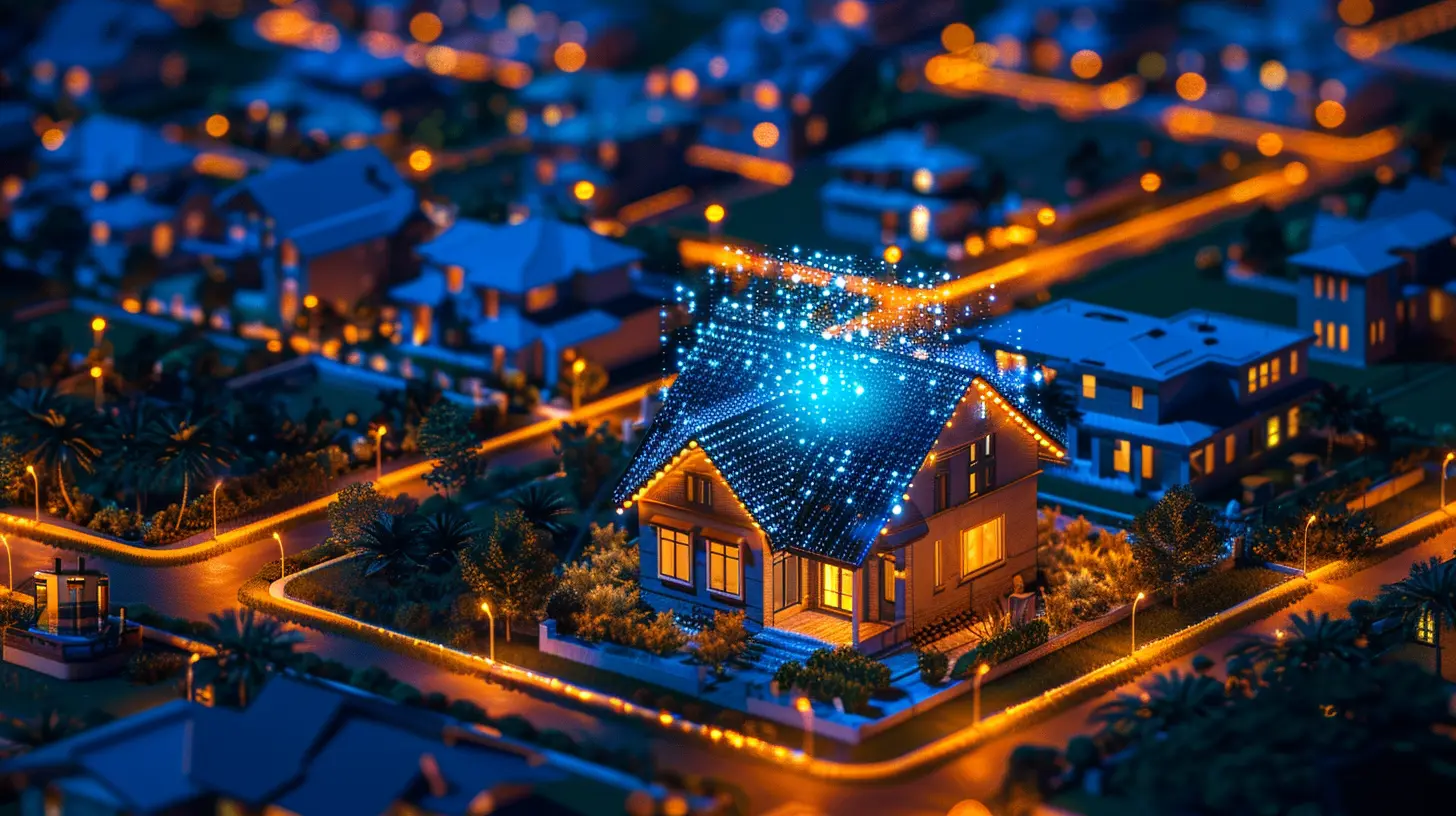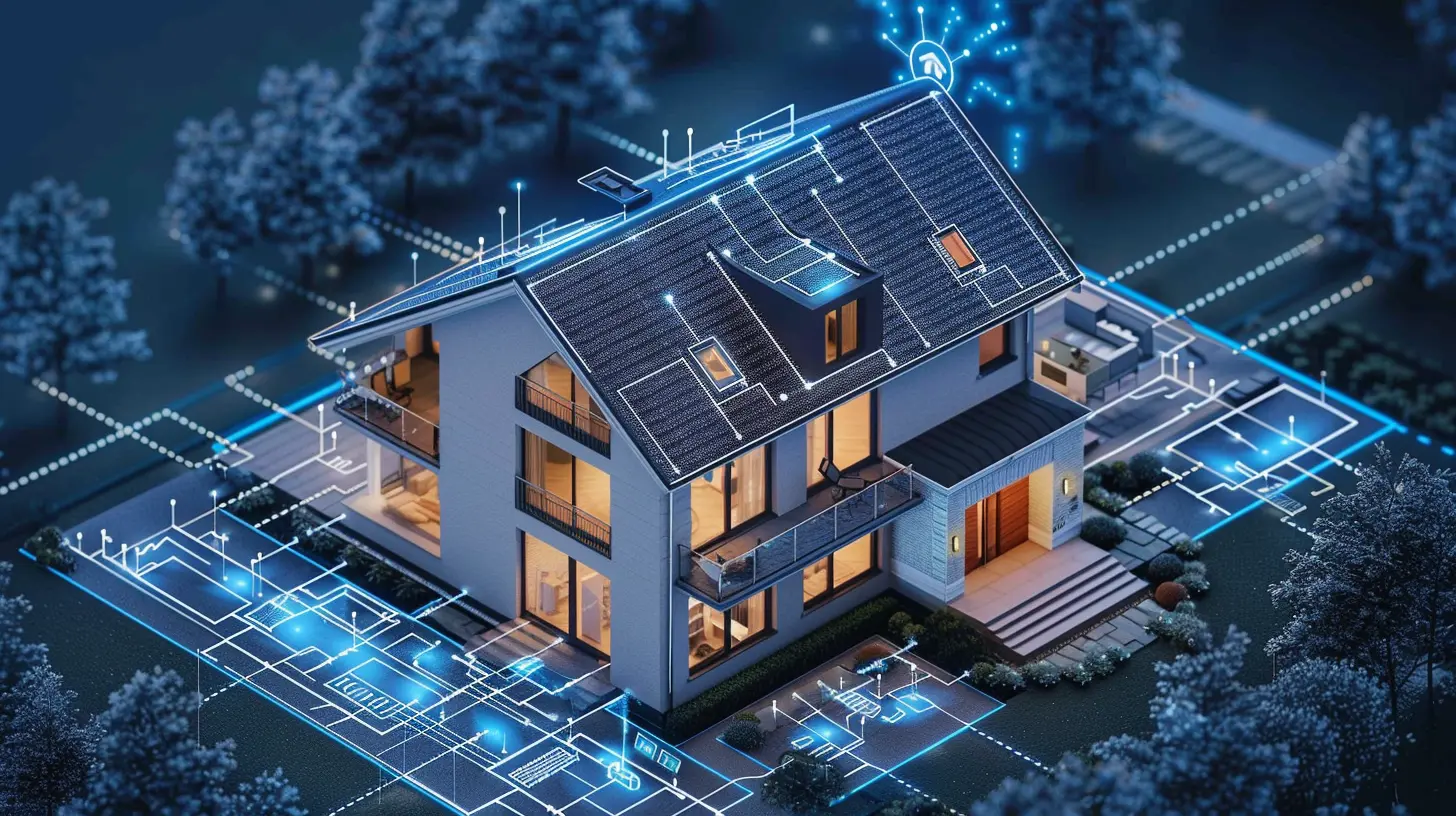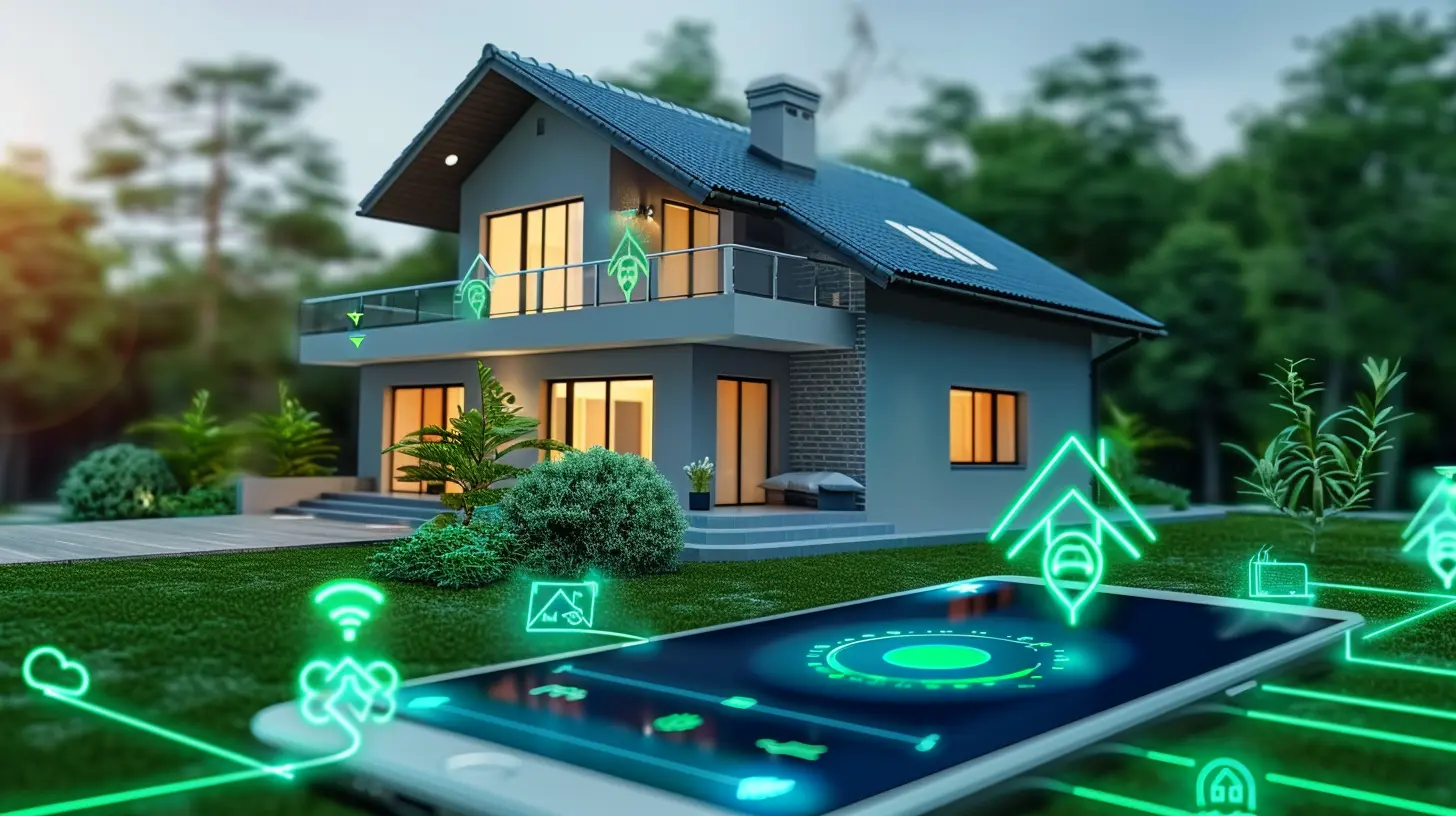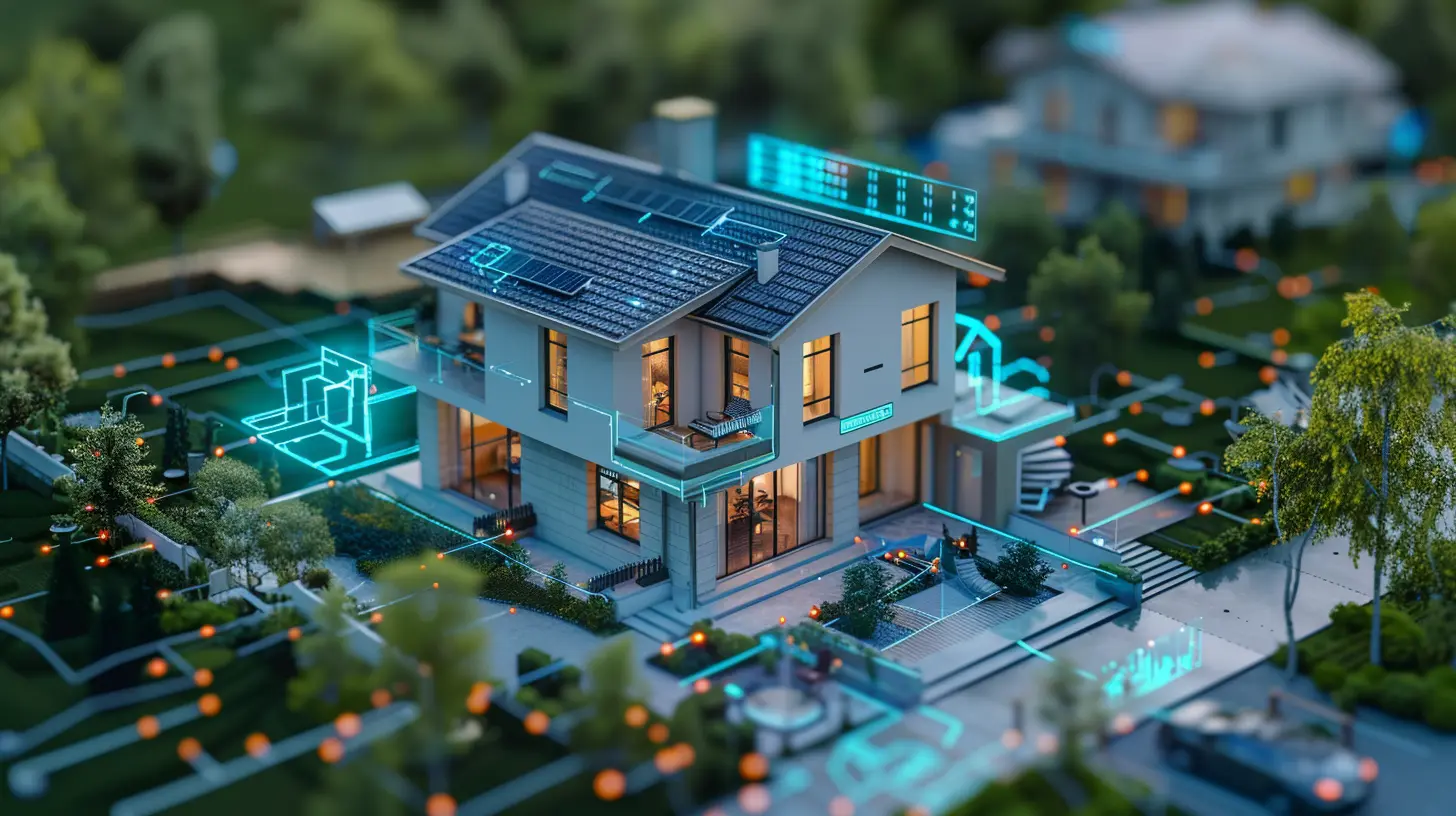Energy Efficiency and Smart Homes: How Automation Helps
18 August 2025
The idea of an energy-efficient home isn't new, but the way we're achieving it is evolving at lightning speed. Smart technology is quickly turning our everyday living spaces into energy-saving powerhouses. Imagine your home adjusting the thermostat before you even realize you're too hot or turning off the lights in an empty room without you lifting a finger. Sounds like something out of a sci-fi movie, right?
Well, thanks to home automation, this is now our reality. But how exactly does automation help improve energy efficiency? Let’s dive into the details and see how smart homes are changing the game.

Understanding Energy Efficiency in Smart Homes
Before we get into the nitty-gritty of automation, let’s define energy efficiency. Simply put, energy efficiency means using less power to perform the same tasks. In a home setting, this translates to lower energy bills, reduced strain on the environment, and improved comfort.A smart home takes this concept to the next level—by integrating devices that optimize energy consumption without requiring constant human intervention. Think of it as having an invisible assistant who ensures you’re not wasting electricity, water, or heating.

How Smart Homes Optimize Energy Efficiency
Automation plays a key role in making homes more energy-efficient. From intelligent thermostats to automated lighting, smart home technology ensures energy is used only when necessary. Let’s break down how different smart devices contribute to energy efficiency.1. Smart Thermostats: The Heart of Energy Savings
One of the biggest energy hogs in any home? Heating and cooling systems. Smart thermostats like the Nest Learning Thermostat or the Ecobee adjust temperatures based on your habits and preferences.How Do They Help?
- Learning Your Routine – These devices remember your temperature preferences and create schedules accordingly.- Remote Control – You can adjust your home's temperature from anywhere using an app.
- Geofencing – Some thermostats detect when you're away and adjust the temperature automatically to save energy.
- Weather Adaptation – Advanced models consider local weather forecasts and optimize settings for energy efficiency.
2. Smart Lighting: No More Wasting Electricity
How often have you left a room with the lights still on? It's a common mistake, but one that smart lighting solves effortlessly.How Do Automated Lights Save Energy?
- Motion Sensors – Lights automatically turn off when no movement is detected.- Dimming Features – Smart bulbs adjust brightness depending on the time of day or the natural light available.
- App Control – Forgot to turn off the lights before leaving? No worries—you can do it with a tap on your phone.
- Energy Monitoring – Some smart bulbs provide data on energy consumption, helping you identify where you can cut back.
3. Smart Power Strips: Eliminating Phantom Energy Loss
You might not realize it, but even when they're turned off, many devices continue to suck power. This is called phantom energy loss, and it accounts for a surprising amount of wasted electricity.How Do Smart Power Strips Help?
- Auto Shut-Off – They detect when a device is in standby mode and cut off power.- Remote Management – You can control outlets via an app, turning off devices when not in use.
- Scheduling – Set automatic on/off times for your appliances, preventing unnecessary energy drain.
4. Smart Appliances: Smarter Usage, Lower Bills
Modern refrigerators, washing machines, and dishwashers now come with smart technology that optimizes energy usage. These appliances adjust their operation to be more efficient, reducing unnecessary power consumption.What Makes Smart Appliances Efficient?
- Adaptive Operation – They learn usage patterns and run at optimal times for energy efficiency.- Eco Modes – Most smart appliances offer settings that prioritize energy savings.
- Remote Scheduling – You can program appliances to run during off-peak hours when electricity rates are lower.
5. Smart Blinds and Window Shades: Harnessing Natural Light
Ever noticed how your home warms up in the afternoon sun? Instead of cranking up the AC, smart blinds can help regulate indoor temperatures naturally.How Do Smart Blinds Improve Efficiency?
- Automated Adjustments – They open and close based on the sun’s position and indoor temperature.- Energy Savings – In the winter, they let sunlight in to warm your home; in the summer, they block the heat.
- Integration with Smart Home Systems – They work alongside other smart devices to maintain ideal indoor conditions.

The Role of AI and IoT in Energy Efficiency
The real magic behind smart homes lies in Artificial Intelligence (AI) and the Internet of Things (IoT). Together, these technologies allow devices to communicate and work together seamlessly.- AI Predicts Your Needs – Machine learning enables smart devices to anticipate your habits and adjust settings accordingly.
- IoT Connects Everything – Devices share real-time data, ensuring energy is used efficiently.
- Automation Removes Human Error – No more forgetting to turn off the AC or leaving a light on unnecessarily.

The Cost Factor: Are Smart Homes Worth the Investment?
At this point, you're probably thinking, “This all sounds great, but is it affordable?”Yes, the initial setup of a smart home requires some investment. However, the long-term savings on energy bills often justify the cost. The U.S. Department of Energy estimates that a smart thermostat alone can save homeowners up to 10–15% on heating and cooling costs annually. Multiply that by the savings from other smart devices, and you're looking at significant long-term benefits.
The Future of Smart Homes and Energy Efficiency
As technology evolves, we can expect even smarter and more energy-efficient homes. Innovations like AI-driven energy grids, solar-powered smart homes, and even fully autonomous buildings will redefine how we consume and save energy.With sustainability becoming a priority, smart homes aren't just a luxury—they're a necessity for a greener future.
Final Thoughts
Home automation isn't just about convenience—it's about making smarter choices that benefit both you and the environment. The transition to a smart home may seem like a leap, but with every automated light switch and self-adjusting thermostat, you’re taking small steps toward a future where energy waste becomes a thing of the past.So, is it time to let your home do the thinking for you? If energy savings, lower bills, and a smaller carbon footprint sound appealing, then investing in smart home automation might be one of the best decisions you make.
all images in this post were generated using AI tools
Category:
Home AutomationAuthor:

Ugo Coleman
Discussion
rate this article
1 comments
Zephyrion Weber
Great insights! I'm fascinated by how automation can enhance energy efficiency in smart homes. Looking forward to exploring innovative solutions and their impact on sustainability and everyday living. Keep it coming!
August 20, 2025 at 1:02 PM

Ugo Coleman
Thank you! I'm glad you found the insights valuable. Automation truly has the potential to transform energy efficiency in smart homes. Excited to share more innovations soon!


